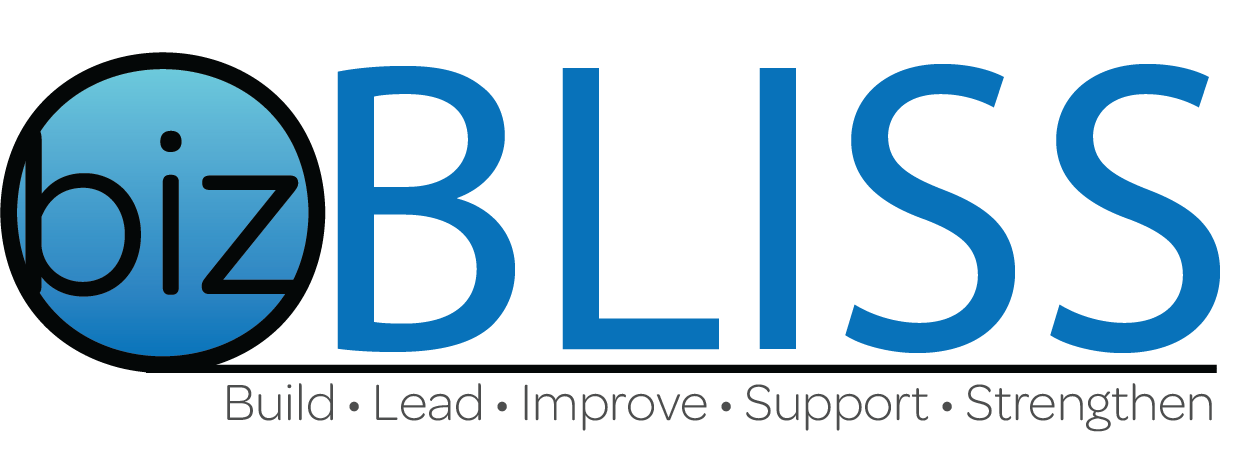Maximizing Efficiency: The Art of Process Optimization

In today’s fast-paced world, efficiency is key. Whether it’s in our personal lives or in the workplace, finding ways to optimize processes can save time, money, and resources. Process optimization is the art of identifying areas of improvement and implementing strategies to streamline operations. In this blog post, we will explore the importance of process optimization and provide practical tips on how to maximize efficiency in various aspects of life and work.
Process optimization can be applied to virtually any area of life or work. From streamlining administrative tasks to implementing new technologies, there are many ways to maximize efficiency. It is important to understand that each process is unique and will require its own set of optimizations. However, there are a few general tips and strategies that can help optimize any process. These include identifying areas of inefficiency, creating a plan of action, and involving stakeholders in the process. Additionally, it is important to use data-driven insights to inform decisions and track progress. By following these tips, organizations and individuals can ensure that their processes are as efficient as possible.
The Benefits of Process Optimization
Process optimization can offer a wide range of benefits, including increased productivity, improved customer satisfaction, and cost savings. The main goal of process optimization is to reduce waste and increase efficiency. When processes are optimized, tasks can be completed more quickly and with fewer resources. This can lead to significant savings in time, money, and resources. Additionally, streamlining processes and eliminating unnecessary steps can lead to improved customer satisfaction as customers receive more timely and efficient services. Finally, process optimization can help boost morale and motivation as employees can see the value of their work and the direct impact it can have on the organization’s success.
Increased Productivity
- Streamlining workflows can help eliminate unnecessary steps and reduce time wasted on non-value-added activities.
- By optimizing processes, individuals and teams can accomplish more in less time, leading to increased productivity.
Cost Savings
- Identifying and eliminating inefficiencies can result in significant cost savings.
- Process optimization can help reduce waste, minimize errors, and improve resource allocation, ultimately saving money.
Improved Quality
- By analyzing and optimizing processes, organizations can identify and address potential bottlenecks and areas of improvement.
- This leads to improved quality control and ensures that products or services meet or exceed customer expectations.
Process Optimization Techniques
Process optimization techniques can help organizations improve operational efficiency and ensure the quality of their products or services. Common techniques used to optimize processes include process mapping, data analysis, and automation.
Process Mapping
- Process mapping involves visually representing a workflow to identify areas of improvement.
- By mapping out each step of a process, individuals or teams can identify bottlenecks, redundancies, and areas for streamlining.
Automation
- Automating repetitive tasks can save time and reduce the risk of errors.
- By leveraging technology, individuals and organizations can free up valuable resources to focus on more strategic and value-added activities.
Continuous Improvement
- Process optimization is an ongoing effort.
- By fostering a culture of continuous improvement, individuals and organizations can constantly seek ways to enhance processes and stay ahead of the competition.
Maximizing Efficiency in the Workplace
Organizations today are always looking for ways to maximize their efficiency and be as productive as possible. Process optimization is a key part of this effort. It involves analyzing existing processes to identify areas for improvement, and then implementing changes to make them more efficient. This can include streamlining workflows, eliminating unnecessary tasks, and automating certain processes. Process optimization can also involve utilizing the latest technology to ensure that processes are as efficient as possible.
Effective Communication
- Clear and concise communication is essential for efficient collaboration and decision-making.
- Utilizing tools such as project management software and instant messaging platforms can streamline communication processes.
Time Management
- Prioritizing tasks, setting deadlines, and avoiding multitasking can help individuals manage their time more effectively.
- Time management techniques such as the Pomodoro Technique or time blocking can improve focus and productivity.
Streamlining Workflows
- Analyzing and optimizing workflows can help identify and eliminate unnecessary steps or bottlenecks.
- Utilizing tools such as Kanban boards or workflow management software can streamline processes and improve efficiency.
Maximizing Efficiency in Personal Life
Organization
- Keeping a well-organized physical and digital space can save time and reduce stress.
- Utilizing tools such as calendars, to-do lists, or note-taking apps can help individuals stay organized and prioritize tasks.
Automation and Outsourcing
- Automating repetitive tasks or outsourcing non-essential activities can free up time for more important tasks or leisure activities.
- Leveraging technology or hiring virtual assistants can help individuals maximize efficiency in their personal lives.
Self-Care and Work-Life Balance
- Taking care of oneself and maintaining a healthy work-life balance is crucial for overall well-being and productivity.
- Prioritizing self-care activities, setting boundaries, and disconnecting from work during personal time can help individuals recharge and perform at their best.
Conclusion
Process optimization is a powerful tool for maximizing efficiency in various aspects of life and work. By identifying areas of improvement and implementing strategies to streamline processes, individuals and organizations can save time, money, and resources. Whether it’s in the workplace or in personal life, the art of process optimization can lead to increased productivity, cost savings, and improved quality. So, let’s embrace the challenge of optimizing our processes and unlock our full potential.
Process optimization is not just about improving efficiency, but also about improving the overall quality of the product or service. By streamlining processes and eliminating unnecessary steps, organizations can improve the customer experience and the quality of the end product. This can lead to increased customer satisfaction and loyalty, as well as improved brand reputation and customer loyalty. Additionally, process optimization can help reduce costs and increase profitability, as well as improve employee morale and job satisfaction. Ultimately, process optimization can be a powerful tool for organizations to increase efficiency, improve quality, and save time and money.
